BETWEEN NATIONS: Choosing to live on or off reservations
Story by Katheryn Houghton
Photos by Leslie Hittmeier
THE FADED black and white photo was the first clue Carol Gilham found that hinted at the two years her family lived in San Jose when they left behind their reservation life of Fort Peck located in the northeastern corner of Montana.
The photo, which has since been lost, was from 1958. She still remembers its yellowing edges faded into the image of Gilham as a toddler riding a carousel with her two older sisters. The ride looked new to Gilham, like they were at an amusement park or fair, but she couldn’t quite tell.
She remembers studying the photo, its grey tones spun into bright colors as she imagined how the carousel must have been then.
Now, more than 40 years later, she remembers looking through the photos as a child from the living room of their home in Fort Peck, in which the floors sank every time she walked across its center.
The images showed a stark difference between the life she remembers, growing up on Montana’s most remote reservation, the home of the Assiniboine and Sioux tribes, and the life she could have had in the city. They sparked her curiosity. Gilham wanted to know why they ever left Montana and why they ultimately came back.
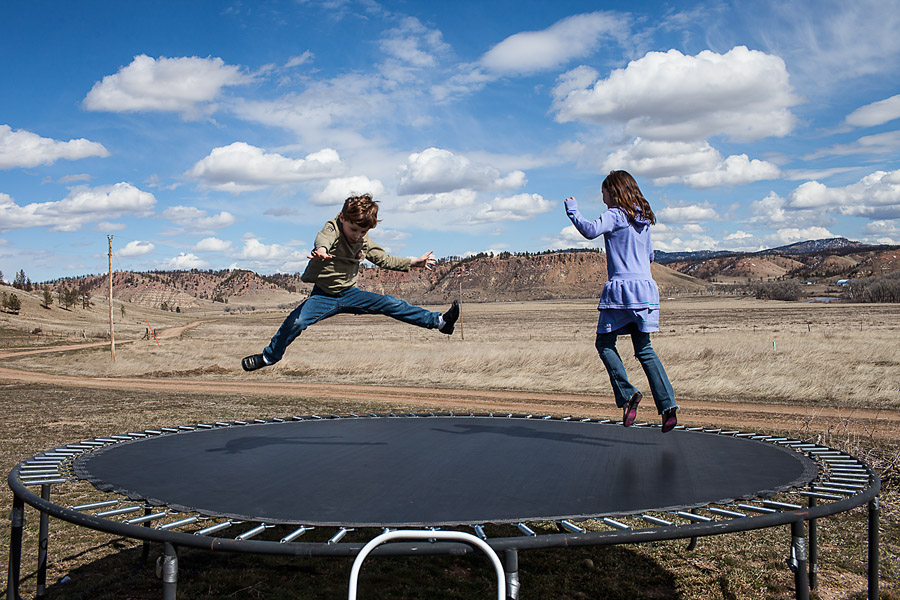 She can’t remember when or how she asked but she can vividly remember her mom’s answer: Life in the city wasn’t what it looked like.
She can’t remember when or how she asked but she can vividly remember her mom’s answer: Life in the city wasn’t what it looked like.
Her mom described the Thanksgiving they didn’t have any food, “not even baby formula for me,” Gilham said. Her mom said while the weather seemed warm, she felt cold every night in the rows of tin dwelling units that Native Americans lived in.
When she got to the part of the story where an anonymous person left a frozen turkey on their doorstep with all of the season’s fixings, Gilham said her mom began to cry. Though she never asked and her mom never said so, Gilham believed the tears came from the memory of finding unimposing generosity on their doorstep.
“They were all Native American and all poor for the most part,” she said of the inter-tribal community within the city. “No matter where they were from, they made their own family because their home, their tribe, was so far way.”
Much like Gilham’s family, Native Americans face a constant conflict: A push to move into a city, go to school, find a job, perhaps start a family and a pull to stay on the reservation, where there’s family and generations of support. The conflict is reasonable, tribal reservations are often impoverished and have unemployment rates well into the double digits. Urban areas are increasingly becoming rife with promise and opportunity.
IT TAKES 206 miles of highway and nearly four hours for Dustin Monroe to return to his Browning home, the Blackfeet Nation.
Monroe’s life has always been split between the reservation and Montana cities.
“A social barrier formed, like I wasn’t accepted in either world,” he said. “In the city I was a brown kid with a ‘rez’ accent but when we returned to the reservation I was a white kid just because I went to school in Great Falls.”
Now a University of Montana graduate student pursuing a degree in public administration, Monroe said he initially felt like he had t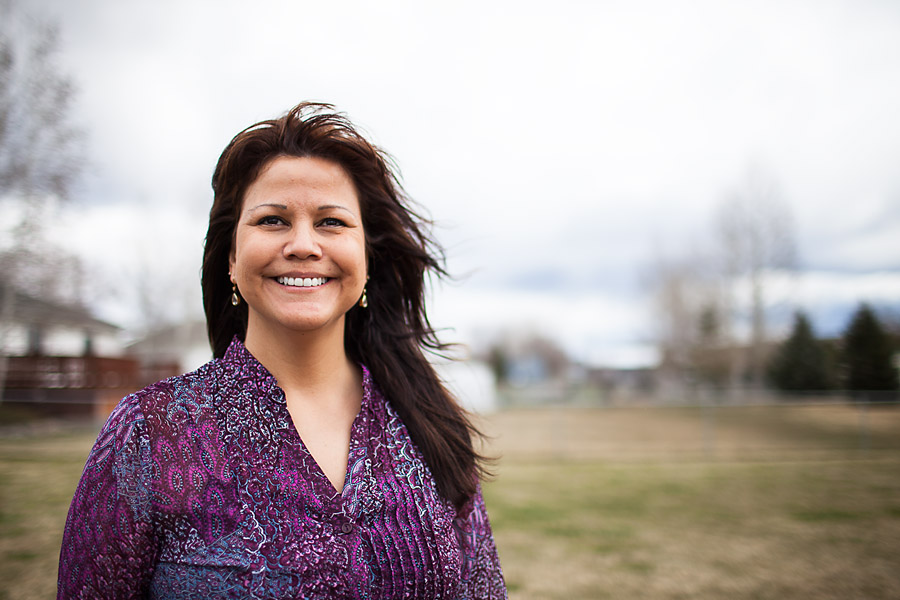 o pick a side — Native American or urban.
o pick a side — Native American or urban.
“It comes down to this tension. How Indian am I?” he said. “Many believe if they leave the reservation they are turning their back on their people.”
People are drawn off reservations because of instability, he said. Tribal government has a high turn around rate, which can lead to economic uncertainty because the majority of jobs are tied to tribal government.
A first generation college graduate, Monroe said he now has an even stronger sense of responsibility to Native Americans, collectively, not just those from his tribe.
While the majority of Native Americans have moved to cities, federal government policy has not followed suit, he said.
“The representation is not there yet,” Monroe said. “I felt like I had to do something because I’m tired of waiting on my reservation, I’m tired of waiting on leaders.”
In response, Monroe founded Native Generational Change, a Missoula-based nonprofit that aims to form a community model of governance. Instead of relying on tribal politics or federal funding, Monroe said he believes change needs to come from individuals working together.
“In the city I was a brown kid with a ‘rez’ accent but when we returned to the reservation I was a white kid just because I went to school in Great Falls.”
He hopes to one day create policy change at a state and federal level to strengthen the voice of Native Americans.
For now, Monroe’s business meetings take place in coffee houses where he and volunteers try to address modern-day concerns for Native Americans, as opposed to thinking of them as a product of historical tragedy.
He is working on the Playground Restoration Project, an effort to build vibrant, safe playgrounds on the poorest parts of Montana reservations.
The main question among Native Americans shouldn’t be where they live but how they can maintain their cultural identity, he said. In fact, his work has helped Monroe come to terms with the conflict that buffeted him as a “white boy with a rez accent.”
“I choose both,” he said. “I can help my people from anywhere whether that is from within reservations or Missoula.”
IN THE LAST 20 years Major Robinson reinvented his career three times, moved to 10 different cities and traveled across continents.
“I grew up hearing from my parents and tribal leaders, ‘Go get a formal education then come home to share your skills,’” Robinson said. “No matter where I went it was in my thoughts.”
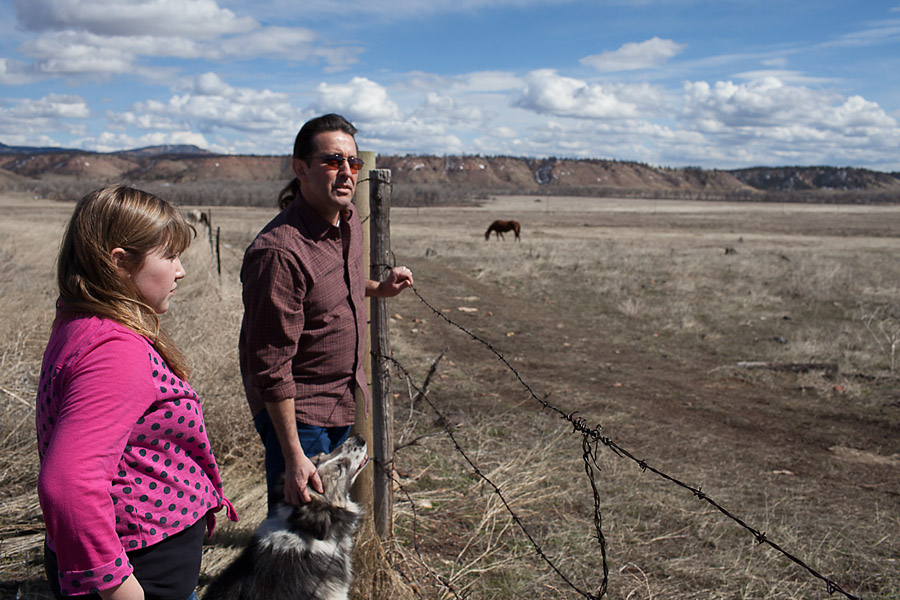 Robinson placed his hand on the beam that had supported the weight of the two story wooden tepee that stood on the Northern Cheyenne reservation since 1931. It was one of the key parts of the landmark he wanted to save. Light and wind filtered through the cracks of the structure.
Robinson placed his hand on the beam that had supported the weight of the two story wooden tepee that stood on the Northern Cheyenne reservation since 1931. It was one of the key parts of the landmark he wanted to save. Light and wind filtered through the cracks of the structure.
“I remember as a kid, it was a meeting ground for my people to share our stories and history,” Robinson said.
Robinson tilted his head as he began to describe the blueprint in his mind. He moved his left hand to follow the curve of the teepee — they would build a staircase to follow the wall up to the second story, which could be used as a gift shop. The first floor would be a story telling room again.
His eyes followed the paths left by his memories. He pointed through a hole in the wall to a log cabin across the street. Many people believe the cabin was the first building on the reservation. To Robinson, it is where his parents and nine other siblings would stop by and get candy on special occasions — it would also need to be restored.
Though Robinson had always been encouraged to come home, when he finally did people treated him with hesitance.
“When you come home, people look at you like, ‘You’re going to take my job’ and they were fearful that I was here to take away something that they had — and I never looked at it that way, I wasn’t here to take anyone’s job, I was here to create another opportunity.”
A few miles down the road Robinson parked his Hummer outside the Lame Deer tribal courthouse. He hopes to unite the courthouse with the law enforcement offices and adult jail, each of which sit separately, into one new building.
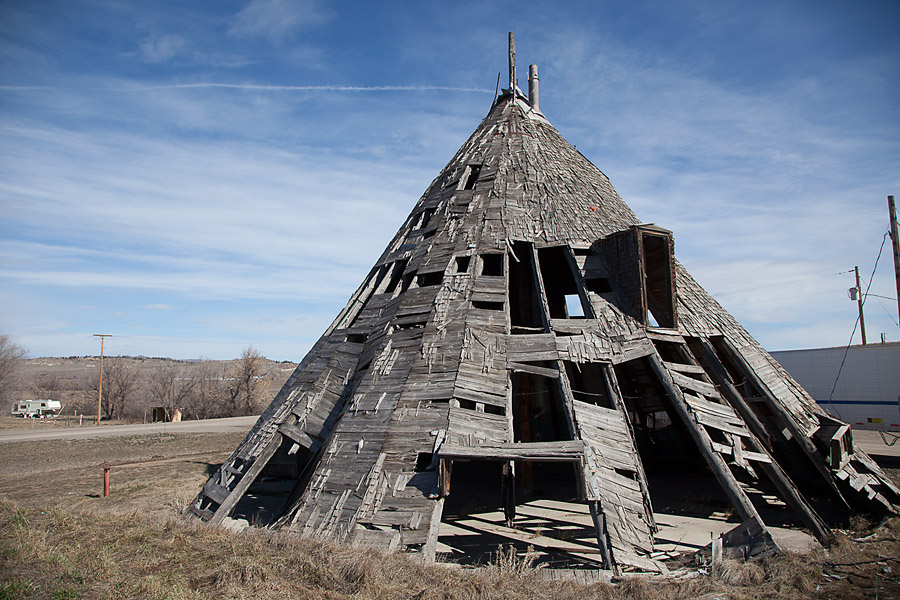 To the right of the offices, a tree’s shadow falls on an empty lot. It’s where his childhood home once stood. It was a two-room building for 10 people. It had no running water. Robinson shared a bed with three siblings.
To the right of the offices, a tree’s shadow falls on an empty lot. It’s where his childhood home once stood. It was a two-room building for 10 people. It had no running water. Robinson shared a bed with three siblings.
“It is strange, working where I can see my childhood, my personal history everywhere,” he said. “But it feels good to be contributing to the place I grew up.”
Robinson, 55, started Redstone Consulting on the Northern Cheyenne reservation in 2007 as a way to break back into the workforce on his reservation and create opportunities for other Native Americans to find employment.
Robinson has been on every Montana reservation to work on projects such as water infrastructures, tribal centers, detention centers and community buildings. His buildings often reflect the desert-red of the landscape and the light blue of his tribe’s color. He uses natural wood to mirror the tribe’s spiritual connection to the outdoors.
Robinson left the Northern Cheyenne reservation at 18 for Montana State University to major in theatre arts. At first he couldn’t relate to the other students or his teachers and often made the five hour drive home just to feel what it was like to belong. But that anxiety didn’t last. Robinson began to crave the unknown and wanted to see what it was like, first outside the reservation, then eventually outside of Montana.
 He dropped out of college his sophomore year and joined a multicultural acting troupe, with which he travelled through 20 countries in one year. But at the same time he was filled with a sense of guilt, leaving school felt like he had given up on his tribe and family.
He dropped out of college his sophomore year and joined a multicultural acting troupe, with which he travelled through 20 countries in one year. But at the same time he was filled with a sense of guilt, leaving school felt like he had given up on his tribe and family.
He returned to college to study architecture, a field that would allow him to physically design and construct his ideas. He didn’t know where the job would lead him, but knew it could be applied anywhere.
After graduation he spent his days designing theme parks in Los Angeles by day and trying to pursue his acting passion in movie audition rooms at night. However his designs drew attention from a Japanese theme park so he set out for Tokyo.
“I went just about as far away from my reservation as possible, not because I was escaping, but because I just wanted to see and do more,” he said. “But home was always the end goal.
He eventually ended up in Florida, working for Universal Studios, where he met his wife, Michelle.
After being away from the reservation for over a decade, Robinson’s tug to bring what he had learned back to his tribe grew too strong to ignore. It was time to go home.
In 2006, Robinson moved to the same view he had as a 14-year-old, only this time he had a wife, three kids and no defined role to play on his reservation.
Robinson started Redstone Consulting in Billings, but focused on projects in the nearby Crow and Northern Cheyenne reservations. He had little competition from other businesses and a workforce that, for the most part, had no intention of moving.
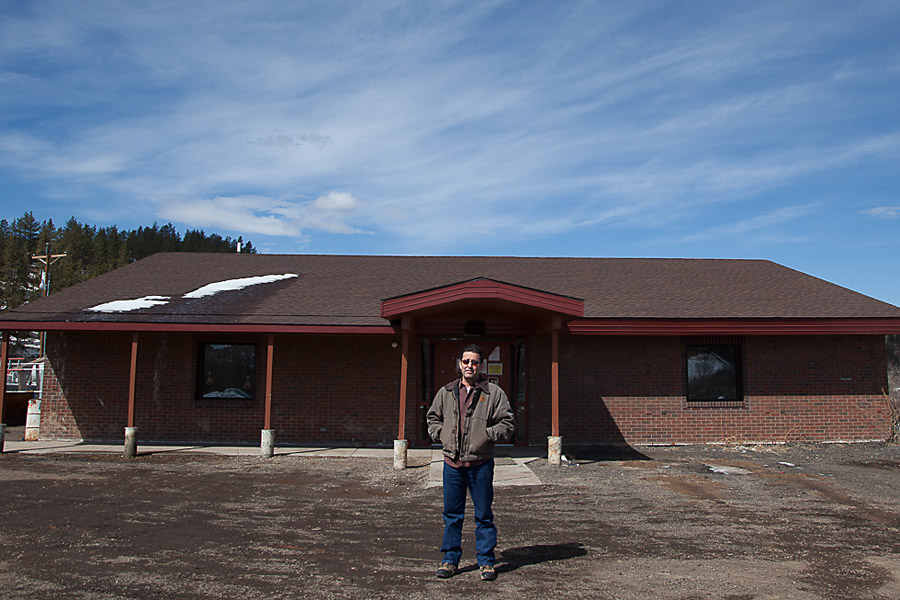 Since returning home, Robinson has co-founded the Montana Indian Business Alliance, the Montana Tribal Tourism Alliance and the People’s Partners for Community Development and helped form the Indian Nonprofit Alliance. He has also been a member of the State-Tribal Economic Development Commission and the Governor’s American Indian Nations Council.
Since returning home, Robinson has co-founded the Montana Indian Business Alliance, the Montana Tribal Tourism Alliance and the People’s Partners for Community Development and helped form the Indian Nonprofit Alliance. He has also been a member of the State-Tribal Economic Development Commission and the Governor’s American Indian Nations Council.
Philip Belangie, the manager for the Indian Entrepreneur Program said many people attempt to explain the poverty of the reservations by pointing to corruption, alcoholism or school-dropout rates. However, those are just symptoms the government has too much influence over the economy, he said.
“If the private sector is not chosen within Indian Country, the only alternative is poverty,” Belangie said. “It’s just true.”
For a business to be successful two things are needed, start-up funds and property, neither of which are common on reservations.
Over 80 percent of start-up businesses get their funding from personal savings, family members or friends, according to the U.S. Department of Commerce. For most people living on reservations that form of funding is just not existent, Belangie said.
Even if they could afford it, legislation has made it hard for people to find places to put their businesses.
Under the 1887 Dawes Act, land could be allotted to individual Native Americans. But by 1934 so much land had been privatized that Congress reversed course and communal tribal property was back in favor.
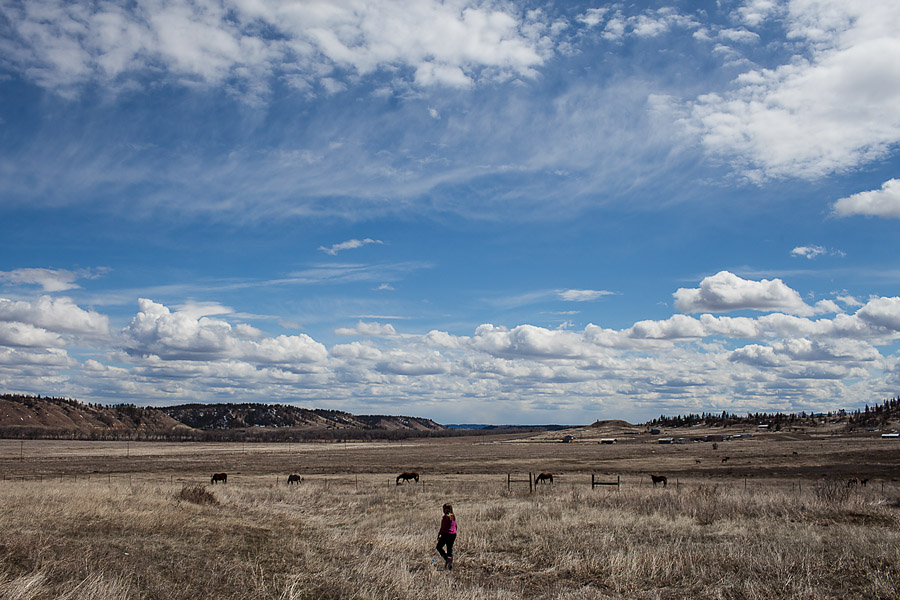 Today the vast majority of land on reservations is held communally which leads to what economists termed the tragedy of the commons: If everyone owns the land, no one does.
Today the vast majority of land on reservations is held communally which leads to what economists termed the tragedy of the commons: If everyone owns the land, no one does.
“The challenges of forming businesses on reservations should not deter people from trying,” Robinson said. “It’s important for those who come after us.”
The tribe’s future generations wouldn’t have to leave to find work if job diversity and stability were to grow on reservations, Robinson said. A business community is the first step to creating the environment for progress in reservations.
“There are plenty of opportunities to grow what we have here,” he said. “It is hard, but extremely possible. That development means more tribal members can be employed, and those who have left can come home to work here again.”
THE SECOND time Carol Gilham left Fort Peck was 38 years ago, this time as an adult. She describes herself as a product of urban relocation, the federal program that promised career training, financial aid and a one-way ticket to a major urban location to Native Americans, including Gilham’s parents.
While she doesn’t remember her family’s experience in San Jose, it instilled in her a pull toward adventure.
“When I left, it was never a question of choosing between a reservation and a city, or because of the poverty on my reservation, it was all about where to go next — everything felt possible.”
Gilham said when her parents left, they were probably also looking for an adventure and a job other than working as a teacher, bartender or farmer.
 The Bureau of Indian Affairs-sponsored Voluntary Relocation Program lasted from 1952–1973 and successfully drew over 100,000 Native Americans to about five primary urban locations, according to a 2013 documentary, “Urban Rez.”
The Bureau of Indian Affairs-sponsored Voluntary Relocation Program lasted from 1952–1973 and successfully drew over 100,000 Native Americans to about five primary urban locations, according to a 2013 documentary, “Urban Rez.”
Montana Native Americans greatly ignored the program and stayed home, at first.
In 1957, the Billings Gazette reported 544 Montana Native Americans participated in the program that year alone, an increase from the previous year by more than 300 people.
The program was masked as a tool to help Native Americans flee from poverty, but in actuality it was tied to an effort known as the period of termination, said David Beck, a University of Montana Native American Studies professor.
The Urban Relocation Program was designed to reduce the Federal Government’s legal obligations to tribes, as well as assimilate Native Americans into the blur of the “ideal American culture,” he said.
Beck said the relocation program was introduced to the great-grandchildren of those who had been forced off their land. However, it was still appealing to Native Americans because of scarcity on reservations.
“They were looking for an escape, for a chance to determine their own careers and lives,” Beck said.
The product was success and the market was young families. But, according to her mother, Gilham’s family found different results.
After two harsh years of poverty and separation from their family, Gilham’s parents were drained of their sense of adventure and they longed for their reservation. Her father borrowed money from his parents to move back to Fort Peck and decided to become a farmer so he could still create his own destiny.
As an adult, Gilham felt a similar pull to the reservation. She felt a gap between her family and her tribe.
“I do feel bad about the fact my kids, and now grandkids, are somewhat separate from their culture,” she said. “They, and younger generations like them, don’t know that history unless they make the point of seeking it out in this busy world.”
 After meeting her husband, the couple moved to Fort Peck where Gilham taught high school for four years. She eventually moved to Billings and secured a job as an accounting officer with the BIA, to the surprise of her parents.
After meeting her husband, the couple moved to Fort Peck where Gilham taught high school for four years. She eventually moved to Billings and secured a job as an accounting officer with the BIA, to the surprise of her parents.
“I knew I was working for this organization that wasn’t friendly to my parents and it felt like I was a traitor,” she said. “But I had all these ideas that I could at least do my part to really help Indian people, however naive it seemed at the time.”
The BIA is also a place for Native Americans to use their educations to work from cities for their people, she said.
Helping Native Americans from her Billings home is how Gilham stays connected to her culture. The memories of her life growing up with a ranching father, a small home filled with family members and a love for Montana will always be a part of who she is.
“Whenever I hear an Indian drum it takes me back to my childhood,” she said. “When I smell the mix of sweetness and earth, I am brought back to the reservation. I know where I am from – I know I am a Native American.”
- Major Robinson’s oldest daughter, Jorian, wanders to the neighbor’s field to watch the horses. The 13-year-old spent some of her early years in cities when her dad took jobs in faraway places, but now she is happily settled on the reservation.
- Major Robinson’s kids, Kira and Colton, play at their home on the Northern Cheyenne Indian Reservation. It is important to Robinson that his children grow up knowing about their culture as Northern Cheyenne Indians.
- Major Robinson and his daughter Jorian watch the horses in the field next to their house. Their land and house, which Robinson renovated, is where he grew up. He says they spend their weekends hiking, fishing or riding horses.
- The old Northern Cheyenne Utilities Center stands abandoned in Lame Deer. The building provided terrible working conditions for employees due to lack of heat and windows. The new utilities center, constructed by Major Robinson, provides a quality facility for workers.
- Major Robinson stands in front of the new Northern Cheyenne Utilities Center in Lame Deer. Robinson helped turn what was once a swimming pool changing room into a new facility for utilities workers. He also brought on many Northern Cheyenne tribal members in need of work to help remodel the building.
- The inside of the wooden teepee in Busby is rotting and falling apart. Major Robinson hopes to help the residents turn the teepee into something that will revive culture and bring revenue to the town.
- Major Robinson talks about his plan to renovate a wooden teepee in Busby. “Maybe we will build a staircase along that all up to the second floor, use the first floor as a story-telling room and the second as a shop,” he said. “We will paint it the colors of Northern Cheyenne: light blue for the people and burnt orange for the landscape.”
- One of three wooden teepees built in 1931 still stands in Busby. Major Robinson was invited by the residents of Busby to help make a master plan to renovate the structure and make it part of a new campground that will be called Custer’s Last Camp.
- Katelyn Barcus moved off the Blackfeet Indian Reservation her junior year of high school. Her parents, Don and Johnel Barcus, didn’t want her to be alone the first time she experienced being a minority, so they moved with her to Billings. Barcus is a communications major at the University of Montana. She loves living in Missoula and hopes to correct stereotypes people have about Native American people.
- Nema Harrison plays with her daughter at a park across the street from their house in Billings. Harrison moved from the Blackfeet Indian Reservation when she was 18. She has gone back periodically, but always ends up leaving. All four of her siblings also left the reservation and are living in cities.
- Rhonda Hogstad left the Blackfeet Indian Reservation at 17 years old and never looked back. She graduated from Montana State University and lives in Billings with her family. Hogstad has no interest in going back to the reservation; she does not want her kids to experience what it feels like to live in “survival mode.”
 Native News Project 2014 | School of Journalism – University of Montana Native News Project 2014
Native News Project 2014 | School of Journalism – University of Montana Native News Project 2014

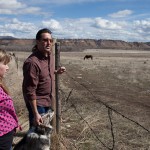

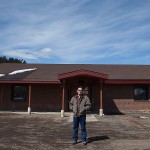








Recent Comments